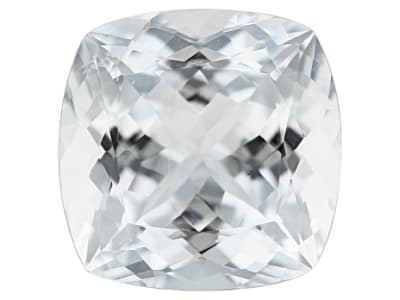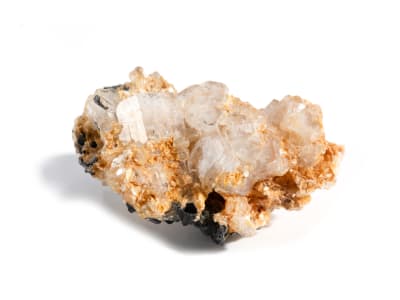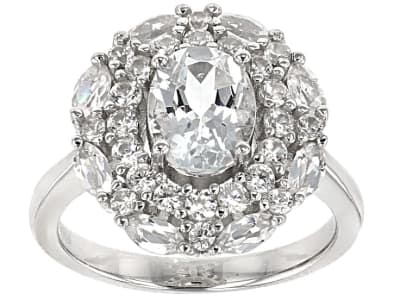While most members of the beryl family such as emerald or aquamarine are famous for their colors, goshenite is the highly collectible colorless variety that displays a diamond-like fiery brilliance. Interestingly, pure beryl is colorless, with traces of different metallic elements being responsible for this gem family's great color range. Always limited in availability, goshenite is named for the locale where it was first discovered--Goshen, Massachusetts.
General Information
LWUV: Inert
Goshenite Colors
-
 Colorless
Colorless -
 White
White
Alternate Names
Colorless Beryl
Countries of Origin
Myanmar; Afghanistan; Argentina; Russian Federation; Czechia; Sri Lanka; United States of America; Madagascar; Thailand; Portugal; Canada; Austria; Mongolia; Mozambique; Pakistan; Unknown; China; Namibia; Brazil; Italy; Zimbabwe; Bulgaria
History
Most gemstones are prized for their color. There are a few, however, who are prized for their lack of color. Goshenite belongs to the latter group. It keeps good company, as one of the most highly desirable gems as the colorless diamond. A sibling stone to emerald, aquamarine, and morganite, goshenite is a member of the gem world's fashionable elite. Interestingly, pure beryl is colorless. For the purists among you, this colorless beryl is an excellent addition to your jewelry wardrobe. Goshenite is named for the locale where it was first discovered - Goshen, Massachusetts. Always limited in availability, goshenite is another stone we'd like to rename. It's too pretty to be called goshenite.
Care
Normal care
More About Goshenite
Folklore tells us that the ancient people of Ireland used goshenite (colorless beryl) as a divining tool. Goshenite was once used as lenses in eyeglasses, and it's thought that the historical association of goshenite and vision stems from that practical use.


